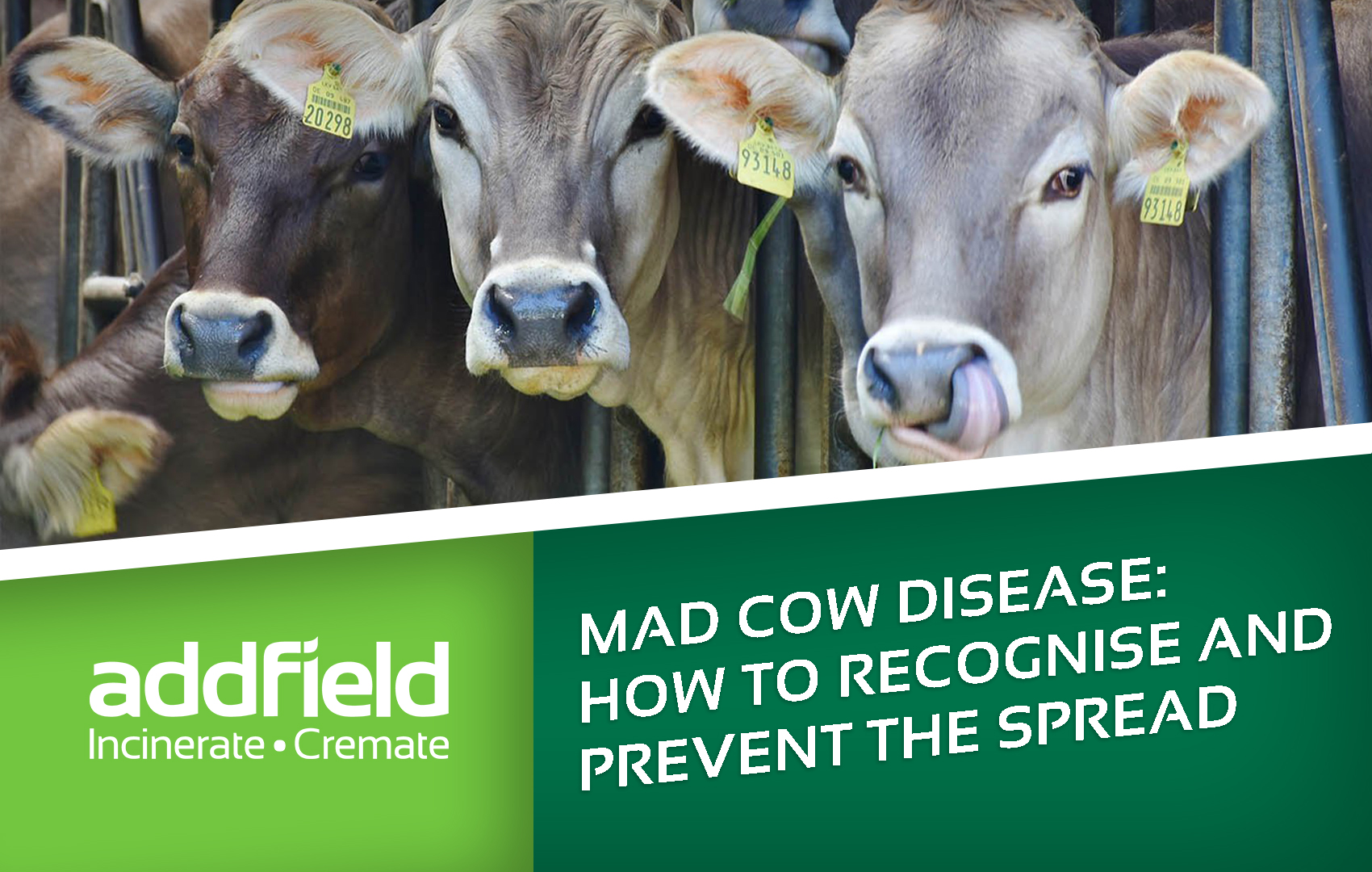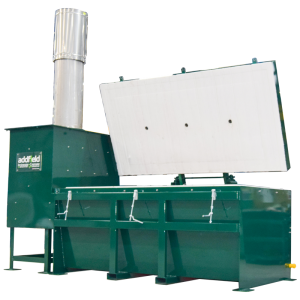
19/10/18
The dangers of Mad Cow Disease!
For the first time in over ten years Bovine Spongiform Encephalopathy (BSE) better known as Mad Cow Disease has reared its head again in the UK with cases recorded on a farm in Aberdeenshire, Scotland this October.
A highly problematic virus that has previously devastated livestock in 1986 when 180,000 cattle were found to be infected, which led to a mass slaughter of 4.4 million cattle in the UK. Following this drastic outbreak many essential changes to how farming operates have been implemented which have successfully prevented a major outbreak since.
With the latest reappearance there are important lessons to pay attention to from what has happened before that can help prevent the disease causing a problem to you and your livestock.
What is Mad Cow Disease?
Bovine Spongiform Encephalopathy (BSE) is most commonly known as Mad Cow Disease which is a fatal neuro-degenerative disease that affects cattle. The disease can be transferred to humans who eat infected meat which can lead to the development of Variant Creutzfeldt-Jakob disease (vCJD) of which there have been 177 known fatalities.
The cause of BSE is currently unknown however evidence links to contamination coming from infected Meat and Bone Meal commonly from sheep with scrapie (another neuro-degenerative disease).
The history of the disease is believed to run back as far as the 5th Century BC with several recorded instances of a disease with similar symptoms in cattle crossing over into humans.
The virus cannot be killed by general cooking which makes it especially harmful if it enters the foodchain.
What are the symptoms of Mad Cow Disease?
BSE has an incubation period that can run from months to years which makes early diagnosis very difficult. Diagnosis is generally established by inspecting brain tissue from deceased cows who exhibited physical symptoms.
The visible symptoms to look out for in infected cattle are:
- General dis-coordination – Trouble walking and getting up.
- Excess nervousness.
- Uncharacteristically violent behaviour.
- Increasing levels of sickness.
- Followed by death within 2 weeks to 6 months.
There is currently no treatment or vaccine available to treat BSE.
Variants of the disease can cross over and infect not only humans but also sheep, goats, mink, deer, elk and cats.
How to dispose of infected waste?
The only safe way to safely neutralise infected livestock is through appropriate incineration, not in open fires, which leads to spreading the contamination into the environment.
All our agricultural machines are highly secure when incinerating fallen livestock and waste. Having a primary burning chamber which achieves temperatures well in excess of those required to neutralise BSE. Followed by a secondary chamber that maintains 850°C releasing only cleaned gasses back into the environment.
We are experts in all fields of biosecurity and are able to support you and your farm across all your animal needs.
To discover more about BSE and possible solutions visit:
BBC – Mad cow confirmed in Scotland.
DEFRA – How to spot and report BSE
Agricultural Range of Incinerators
Addfield incinerators are a key factor in maintaining biosecurity on farms worldwide. Click here to learn more about how an onsite incinerator can help combat Avian Flu Outbreaks.
To learn more about the agricultural range of incinerators from Addfield click here.
- British Designed.
British Built. - World leaders in
incineration technology. - Unrivalled build quality
& machine longevity. - Distributed to more
than 150 countries. - Environmentally
Responsible. - Trusted partner, over
40 years experience.





